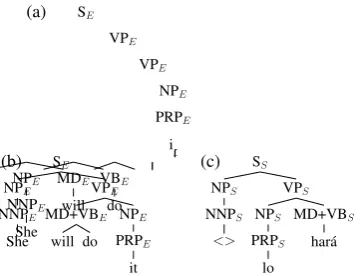Language Modeling for Code Mixing: The Role of Linguistic Theory based Synthetic Data
11
0
0
Full text
Figure




+2
Related documents
